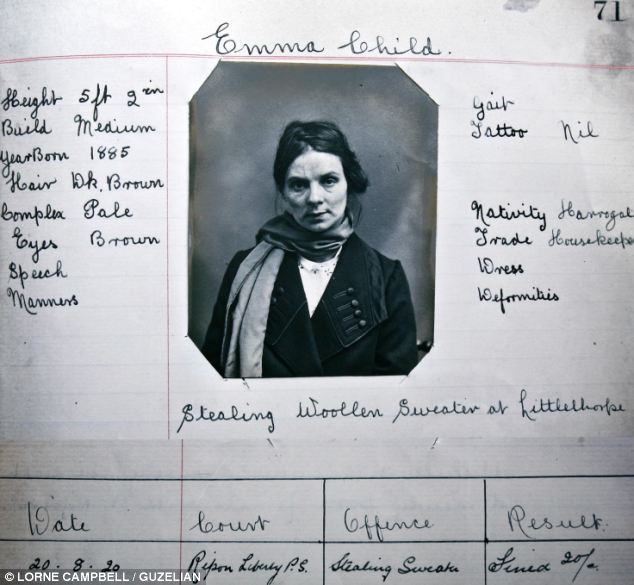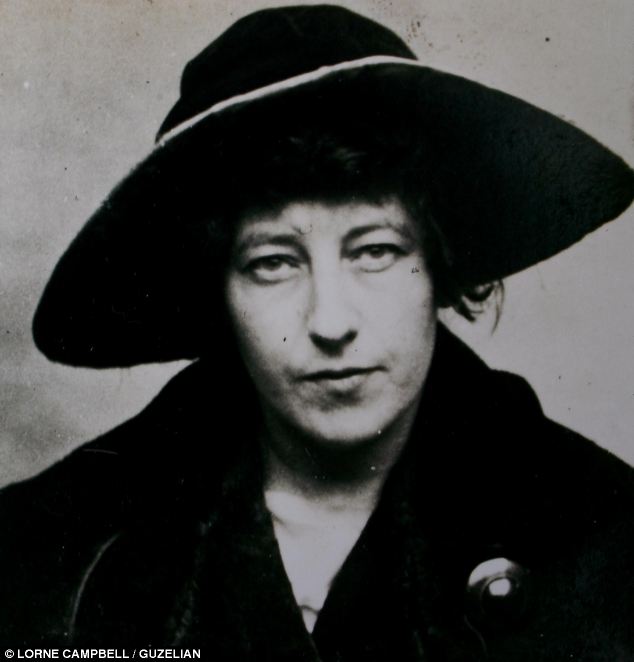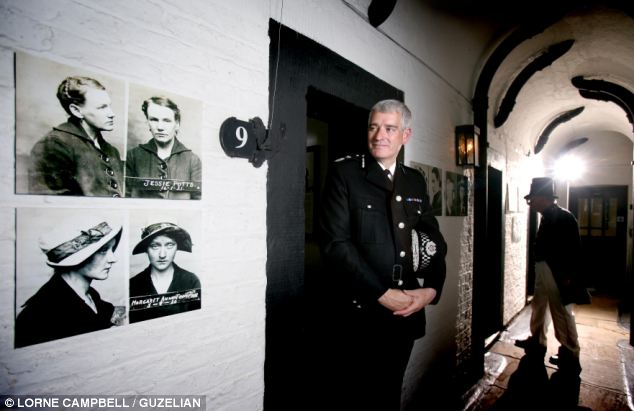Francesca Infante
Daily Mail
August 18, 2013
- Amazing unseen photos reveal the faces of 19th century crime
- Many were taken because police needed better way of identifying petty criminals
- Crimes range from theft and vagrancy to child cruelty and rape
These are the never before seen photos of the lady criminals from 100 years ago.
Although details of many of their crimes and even their names have been lost over the years their images remain, as the unforgettable faces of Victorian crime and punishment.
The surviving records of their crimes reflect the harsh economic realities of the times and include arrests for vagrancy and stealing food or clothes.

One woman is simply labelled by her alleged crime: ‘Cruelty to children.’
The collection, which is going on show at the Ripon Trust’s Police and Prison Museum, in North Yorkshire, reflects a cross section of the criminal classes with some women appearing well dressed with stylish clothes and hats while others look gaunt, buck tooth and dowdy.
One particularly shabby woman with a white rag tied onto her head, Catherine Midgaff, is also one of the few whose name we do know.
But for others it is possible to piece together a much clearer picture of their lives.
Emma Child was 35 years-old when she was arrested for stealing a sweater from a place called Littlethorpe.

From her records we can see she was a housekeeper originally from Harrogate and that she was given a fine as a punishment.
Also meticulously recorded are her height, 5ft2’, her build, medium, as well as her brown hair, brown eyes and ‘pale’ complexion.
The photographs were published in the ‘Police Gazette’ between 1877 and 1930, as a reliable way for the officers to identify offenders when written details were difficult to recall.
Some of the earliest mug shots were taken in Bedford Prison in 1859 when Robert Evan Roberts, the then Governor at the prison, became concerned that too many habitual criminals were going unpunished.
He ordered the use of new photographic technology to record their faces from the front and one profile.

Some years later the Prevention of Crime Act 1871 made it a legal requirement for all people arrested for a crime to have their photographs taken.
The records which are being showcased for the first time by the Ripon Museum Trust, capture a full description of the prisoner, with their physical likeness and also a note of their previous offences.
The mug shots also point out special distinguishing marks such as signs of disease, branding, heights, gait and tattoos.
And in many of the pictures criminals are forced to hold up their hands because some had fingers or thumbs missing and these features were also used by the police to identify them.
These were recorded with total dispassion in some cases outright disdain.
Farm labourer Harry Eyeington, was 18 when he appeared before Ripon Liberty Court on February 2, 1920.

